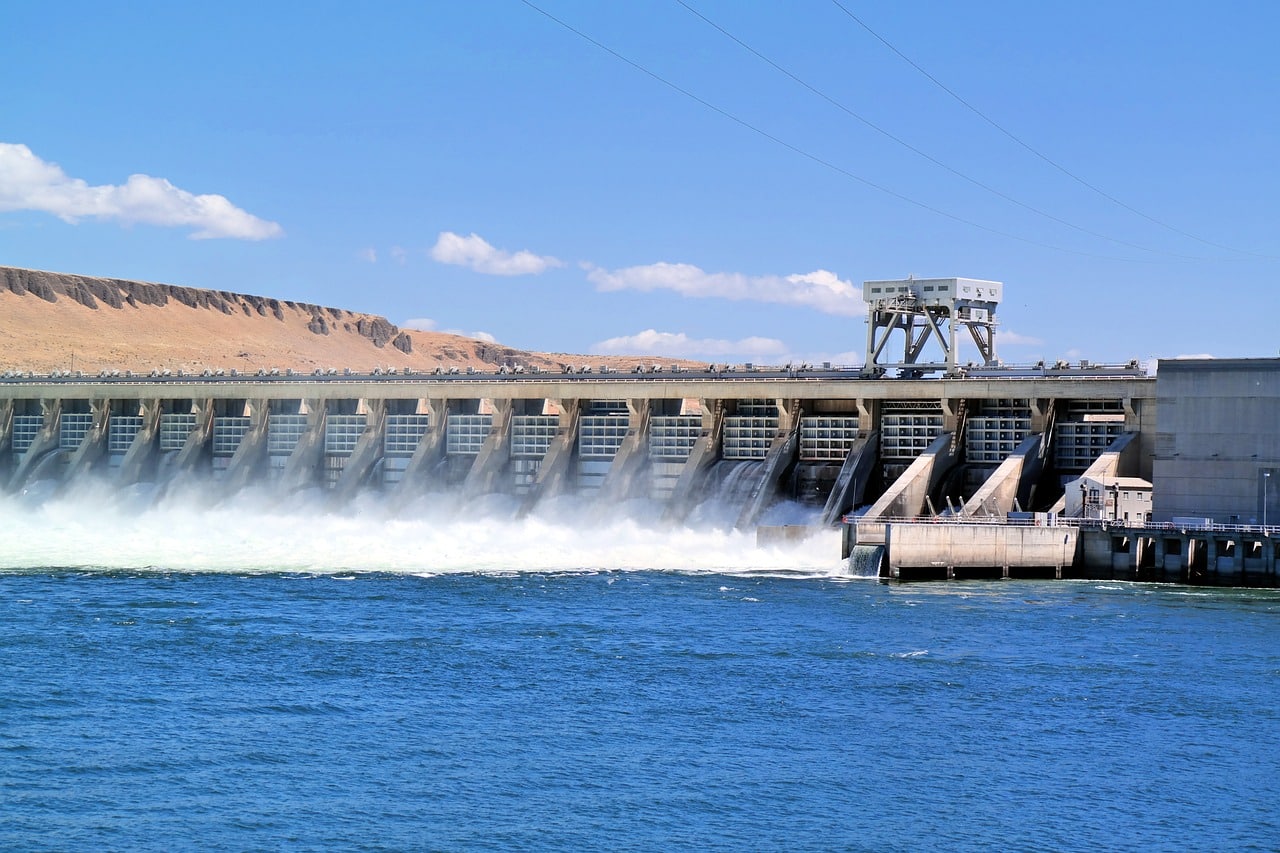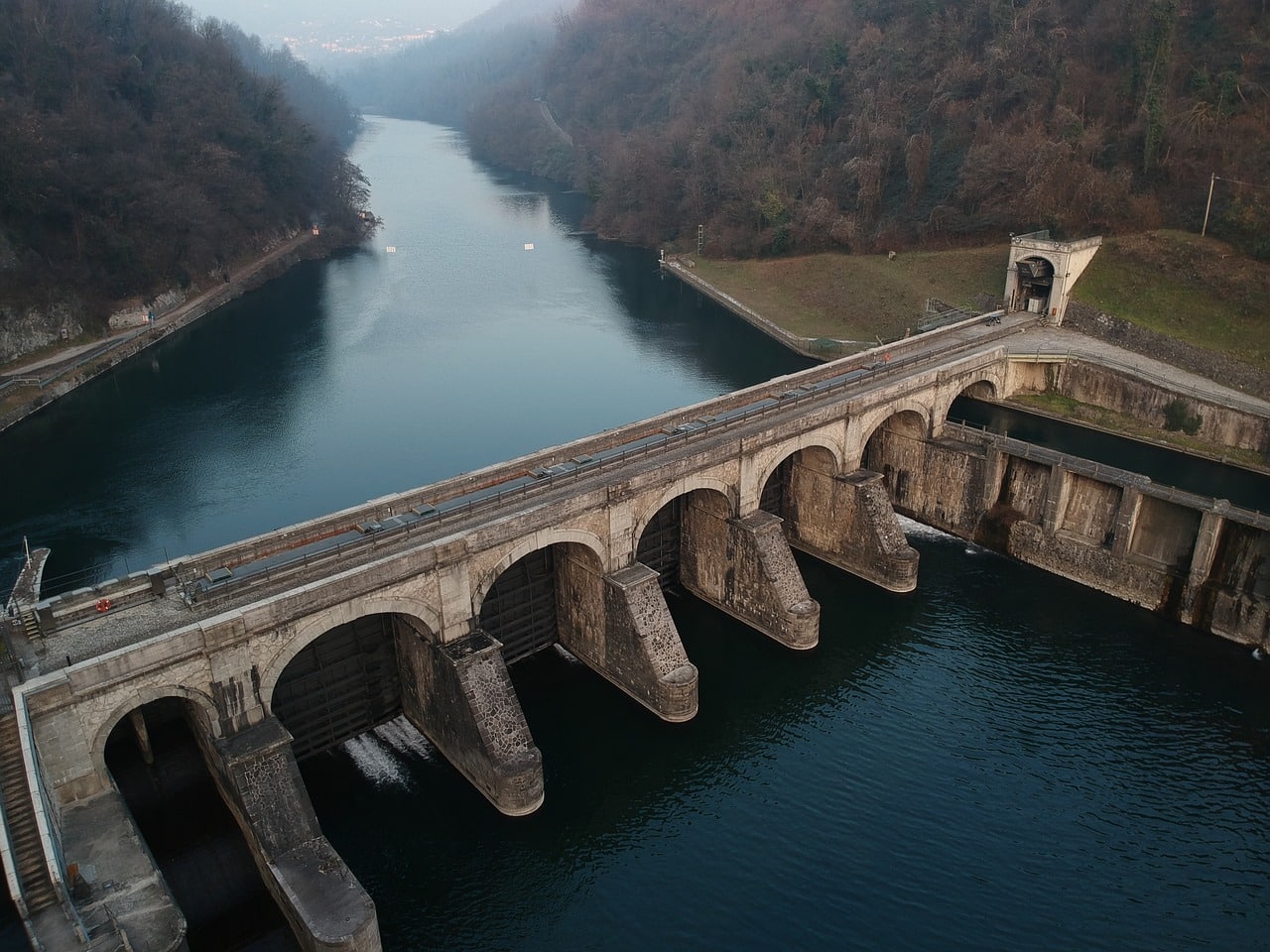
A hydroelectric plant produces electricity from hydraulic energy.
A hydroelectric power plant is an installation that takes advantage of hydraulic energy sources to generate another electrical energy source. It is made up of a series of fundamental facilities such as the dam, water intakes, spillways, the power house and hydraulic turbines.
To understand the concept, as can be seen, you must first pay attention to several terms. Originating from the Latin word centrālis , the word central is characterized by being a term with a great multiplicity of meanings. In this case, we are interested in focusing only on the definition that presents it as the place or structure where electrical energy is produced. Said production can be carried out through different means.
Energy , broadly speaking, is an ability or capacity to transform something or put something in motion. The notion is used to name the resource of natural origin that can be exploited on an industrial scale through the application of technology and various resources. Hydraulic energy , in this framework, is a variety of energy that arises from the movement of water , taking advantage of the kinetic and potential energy of falls, tides or water currents.
Electricity , on the other hand, stands out as an essential property that becomes evident in an object through attractions or repulsions between its components due to the presence of protons or electrons. The type of energy based on this property and generated by the potential difference between two points is known as electrical energy .
Hydroelectric power plant concept
The hydroelectric plant, in short, is an installation where the energy generated through the movement of water is used and transformed into electrical energy .
This is achieved by building dams or dikes with waterfalls, generally modifying an existing watercourse. It is common that, with the construction of a hydroelectric plant, enormous areas of land are flooded and aquatic ecosystems are altered.

Hydroelectric plants have a dam.
Classification according to type
There are various types of hydroelectric plants, including the following:
- Run-of-the-river hydroelectric plant . This can be defined as one in which there is not a significant amount of water accumulated in the upper area of the turbines. It is essential for its operation that there is always a constant flow of water to ensure a certain power.
- Hydroelectric power station with reserve reservoir . As its name indicates, this type of plant is characterized by the fact that one or more dams are built so that water can be stored above the aforementioned turbines. This in turn makes it possible to differentiate between water diversion plants or powerhouses at the foot of the dam.
- Pumped hydroelectric power station . If something defines this type of plant, it is that it achieves a much more rational use of the hydraulic resources that exist in a given area. This is achieved because it has two reservoirs located at different levels and pumping stations that generate the energy that is necessary.
